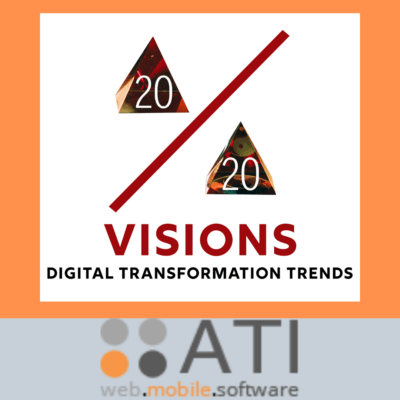
2020 is a new prism for Digital Transformation, focusing on these 5 major technological trends. In fact, at ATI, we predicted these trends at the beginning of 2019 that will have a massive impact over the next decade.
Digital Transformation is the process that businesses will take to integrate technologies into more aspects of their workflows. Peeking at current trends gives us the chance to plan on how companies should look to develop their existing technologies.
IoT as a Mainstream Technology
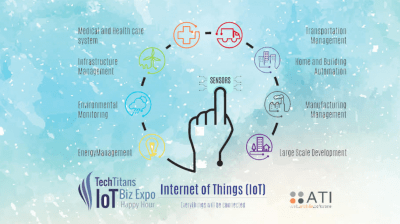
Although IoT is a relatively new phenomenon, there have been systems in place that resemble it dating back to the 1830s with the introduction of the telegraph. The telegraph allowed for an expansion of communication between those using the devices and the devices themselves. After the telegraph, the emergence of IoT would later produce the cell phone, GPS, and the internet. This year, there will be an estimated 20 billion connected things worldwide, growing to 30 billion by the end of this year. This emphasizes how vital connectivity will be, whether it be for infrastructure management, health care systems, or transportation management.
Blockchain

The blockchain is best known for its importance regarding the birth of Cryptocurrencies and Hyperledgers. Even though Cryptocurrencies fell from the public eye, blockchain will be responsible for powering 22% of IoT deployments by the end of this year. Blockchain allows for greater transparency, security, and reduction of costs compared to prior ways of managing IoT devices. The blockchain is no longer an obscure peer to peer network technology proven by the fact that companies like IBM and Microsoft have been eager to adopt Blockchain to provide products that allow startups and developers to build decentralized apps.
Facial Recognization

Facial recognition is trending to become the next evolution of personal security. In the US, it’s best seen through Apple’s newest smartphones, the iPhone XS and XR. This new technology will ensure a new level of security for the everyday consumer that has never been seen before. If you look across the pond to China, companies like KFC have banded up with tech giant Baidu to allow for facial recognition purchases. The company has a database with customer’s faces stored with relevant information such as payment information and food preferences. This allows the consumer to have instant access to goods and services without the need for debit cards or phones.
Robotic Process Automation(RPA)
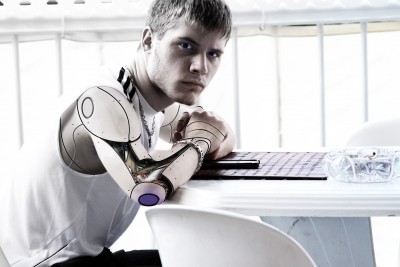 Robotic Process Automation (RPA) is freeing the workforce from tedious tasks such as Website scraping, customer order processing, and call center operations. This allows the employees previously burdened with these tasks to focus more on innovation instead of general upkeep. RPA is still in its early stages and not fully ready for deployment in the corporate workplace. By the end of the year, RPA should have advanced enough to start changing workplaces forever.
Robotic Process Automation (RPA) is freeing the workforce from tedious tasks such as Website scraping, customer order processing, and call center operations. This allows the employees previously burdened with these tasks to focus more on innovation instead of general upkeep. RPA is still in its early stages and not fully ready for deployment in the corporate workplace. By the end of the year, RPA should have advanced enough to start changing workplaces forever.
5G and Related Technologies
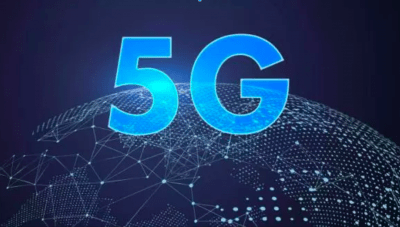
5G is one of the most significant technology trends this year. The deployment of 5G has already begun for the largest carriers such as Verizon, AT&T, T-Mobile, and Sprint. 5G is a massive improvement over 4G with speeds capable of being 20 times faster. 4G has a limit of 1GB per second vs. 5G’s 20GB per second. 5G will have a positive effect on user experience regarding their internet usage, but the big news is its effect on IoT. Possessing these speeds opens up a world of possibilities for autonomous vehicles and wireless VR. Technology will be able to communicate with each other faster than ever before.
This year is an exciting year for the evolution of IoT, Blockchain, Facial Recognition, RPA, and 5G. These technologies are going to not only change the workplace but revolutionize the way we interact with technology. Businesses should be prepared for the increasing amount of connectivity between IoT devices and how consumers will react to the massive change in speed and data flow. As the year progresses, these five trends will slowly come to fruition, and those who ignore these changes in the industry may regret not seeing the writing on the wall.



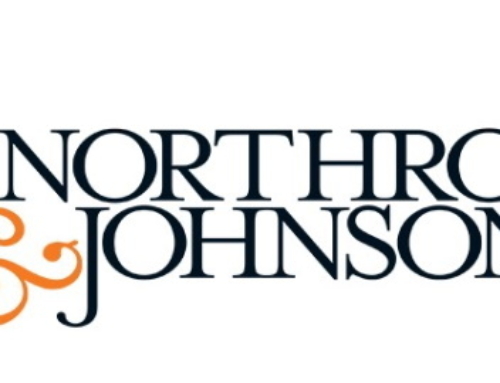



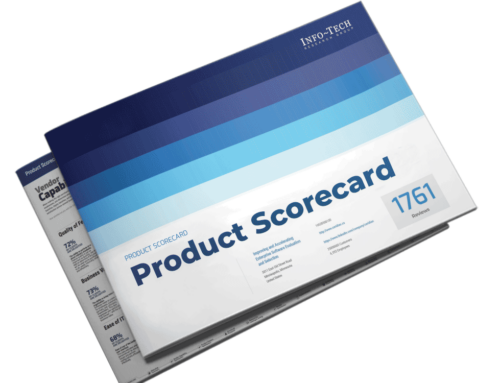


Leave A Comment